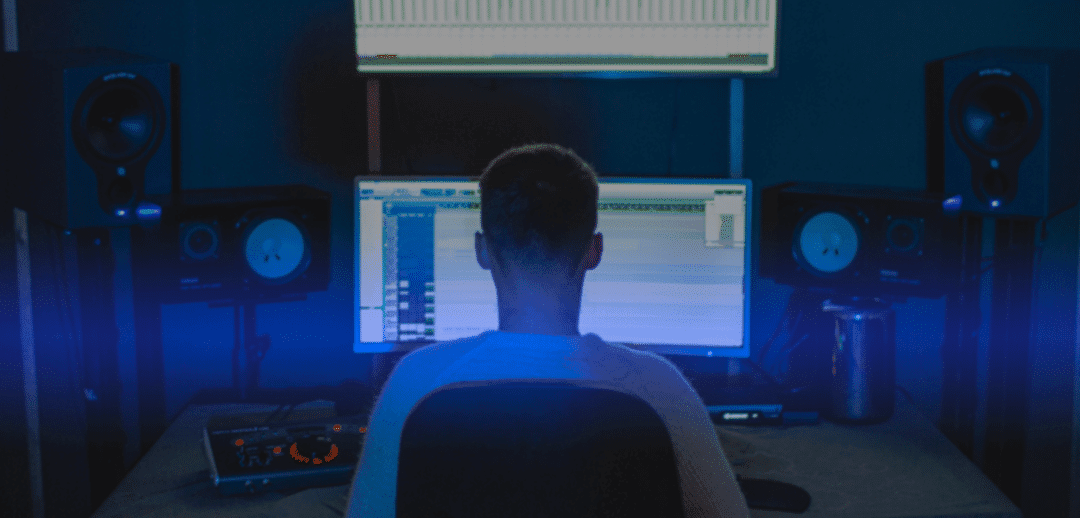Radio is extremely popular throughout the world. In some places there are many, many different stations available for people to listen to, which means that station owners and managers have to do things to make their station stand out.
A lot of the most successful radio stations use a technique called radio imaging to make themselves immediately identifiable to listeners. Radio imaging is a relatively simple technique with a number of features, and it can have huge positive ramifications for your radio station or radio show.
What is radio imaging?
Basically, radio imaging refers to the use of distinctive sounds, music, or sung jingles to sonically brand your radio station. It has the effect of drawing in listeners, making your station stand out above your competitors, and building excitement about an upcoming radio show.
Standard radio imaging can be broken down into two distinct forms – stationwide radio imaging which aims to identify a station as a whole, and imaging which is specific to a certain radio show. In both cases, the use of effective imaging can help listeners identify and connect with the station/show in question.
Stationwide imaging:
When it comes to stationwide radio imaging, you have a number of options. First, you want to choose distinctive audio which both stands out from your competitors and encompasses what your station is about. For example, if you run a station which focuses on older style music, then use relevant sounds in your sonic branding.
Radio sweepers are a popular form of stationwide radio imaging. They involve the use of short, simple segues between songs or segments that identify the station to listeners.
Show specific imaging:
Although the station owners may already be using radio imaging on the station, a lot of radio show producers choose to use show specific imaging to increase the visibility and popularity of their own show. Most regular radio shows have a very distinctive introduction segment, and many also have an outro, or finishing segment. Many producers also choose to use short audio clips promoting their show throughout a show, for example, in between songs.
Why should you use radio imaging?
So, now that you know what it is, the big question remains – why should you use radio imaging? Although it can seem expensive, tough to put together, and time consuming, it is a necessity for any successful radio station or show. Some of the benefits of radio imaging include:
- It clearly ‘brands’ your station or show, making you instantly identifiable to listeners.
- It allows you to self-advertise. A lot of people regularly switch radio stations in a search for something interesting to listen to. If they decide to stop on your station, a few seconds of radio imaging will help them identify you, and will increase their chances of returning to your station.
- It really isn’t that expensive when compared to other forms of advertising.
- It will give you a competitive edge over rival stations.
If you don’t currently use radio imaging for your station or show, or if you want to upgrade your existing radio imaging, then get in touch with the team at LFM Audio for more information!
